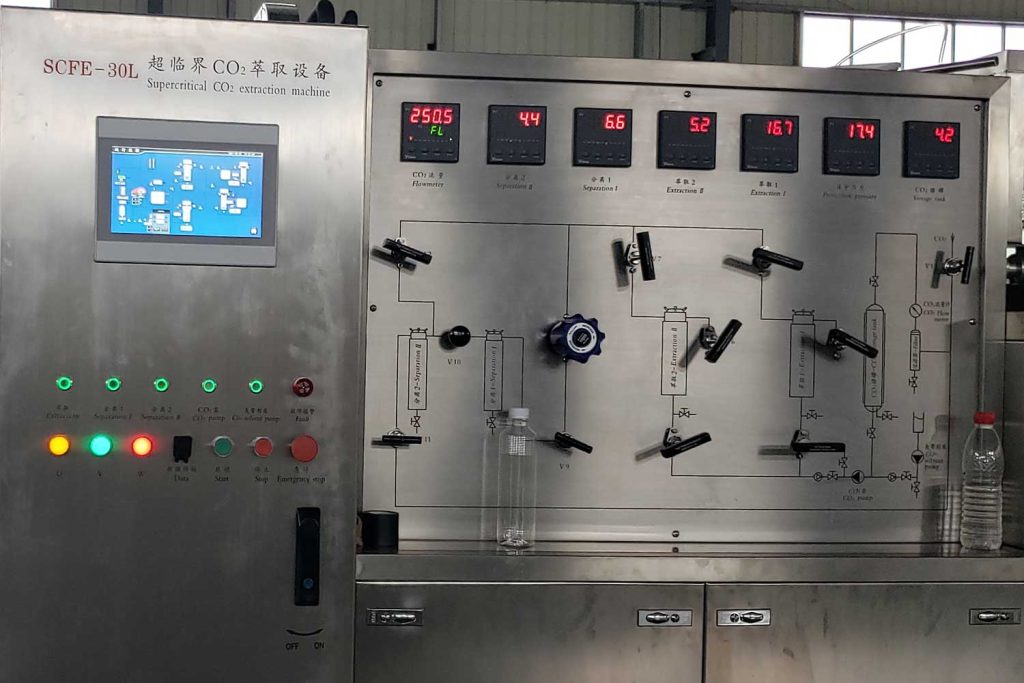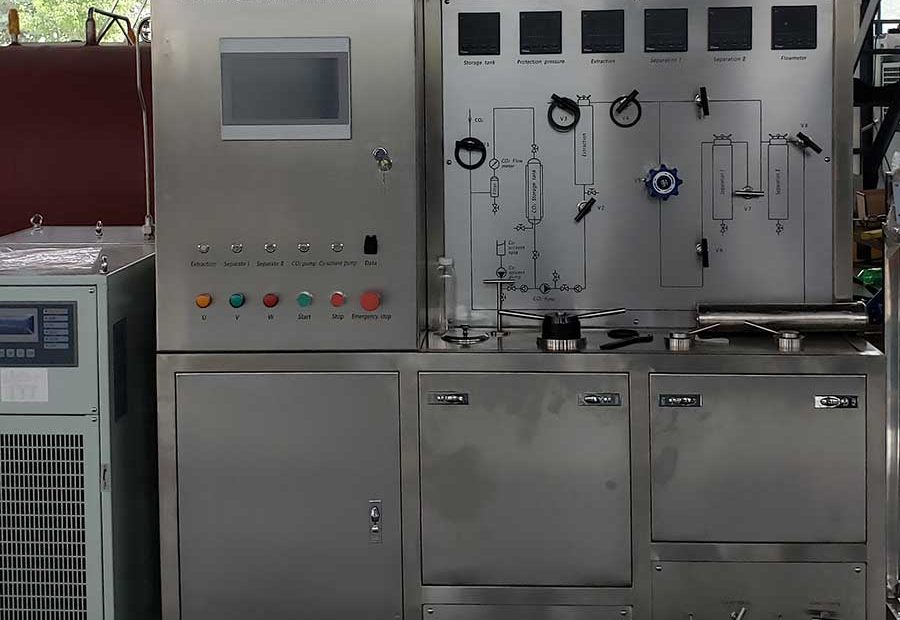Supercritical CO2 fluid extraction is a cutting-edge method used in various industries, including pharmaceuticals, food, and essential oils production. One of the variations of this process is the isobaric variable temperature process.
The Basics of Supercritical CO2 Fluid Extraction
Before delving into the isobaric variable temperature process, it’s essential to understand the fundamentals of supercritical CO2 fluid extraction. Supercritical CO2 refers to carbon dioxide in a state where it exhibits both liquid and gas properties, achieved under specific temperature and pressure conditions. This unique state makes it an excellent solvent for extracting compounds from various materials.
As a type of supercritical CO2 fluid extraction process, the working principle of the isobaric variable temperature process is that the extraction and separation are carried out at the same pressure. After the extraction is completed, the temperature is raised through heat exchange. The CO2 fluid is under a stable pressure. decrease with increasing temperature, solute precipitation
Isobaric Variable Temperature Process Explained
The isobaric variable temperature process is a modification of the conventional supercritical CO2 fluid extraction method. In this variation, the pressure remains constant while the temperature is varied during the extraction process. This alteration can have significant implications for the extraction efficiency and selectivity.

Key Advantages of Isobaric Variable Temperature Process
- Enhanced Selectivity: By adjusting the temperature, it is possible to target specific compounds for extraction while leaving others behind. This level of selectivity is crucial in industries like herbal medicine and natural product extraction.
- Reduced Thermal Degradation: The ability to control temperature minimizes the risk of thermal degradation of heat-sensitive compounds, preserving the quality of the extracted substances.
- Improved Mass Transfer: Varying the temperature can enhance mass transfer rates, leading to faster extraction processes.
Conclusion
In conclusion, the isobaric variable temperature process is a valuable modification of the supercritical CO2 fluid extraction method. It offers improved selectivity, reduced thermal degradation, and enhanced mass transfer, making it particularly useful in industries where precision and quality are paramount. By maintaining constant pressure while varying temperature, this method opens up new possibilities for efficient and tailored extractions.
Supercritical CO2 extraction process continues to evolve, with variations like the isobaric variable temperature process pushing the boundaries of what is achievable in terms of extraction efficiency and product quality.
